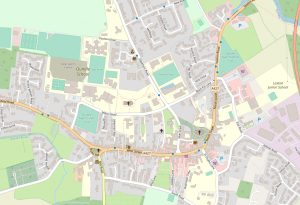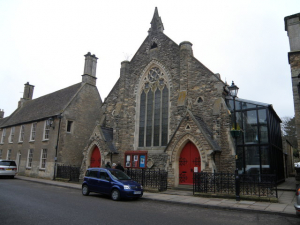About Oundle
Scroll down to see the gallery.
Discoveries of Iron Age and Roman materials suggest that Oundle has been a settlement location for potentially several thousand years. Findings have included a number of iron age coins, and Roman bronze pins, coins and skeletons. A significant Roman find was part of a Roman cup discovered in the churchyard of St.Peter's Church in the early 19th Century. Further excavation on the site lead to the findings of many Roman coins, some from the time of the reign of Emperor Claudius
Surrounded on three sides by the River Nene, Oundle is a beautiful stone-built market town that has served the surrounding valleys since Saxon times. The town centre has many fine stone houses over 300 years old, divided by narrow alleys and courtyards, above which the graceful spire of the parish church (St Peter's) rises. Founded in the 14th-c. the church has a 15th-c. porch and fine period screen work. It also has the tallest spire in Northamptonshire.
One of the most interesting old inns, the Talbot Hotel, was rebuilt in 1626 with stone and fittings from Fotheringhay Castle, the scene of the execution of Mary, Queen of Scots in 1587 (It is said that her ghost still haunts the Inn). It is believed that the imprint of a crown, on the dark polished wood of a stair balustrade was made by the ring on Mary's finger as she gripped the rail for support on her way to the block. Little now remains of the castle, except for a mound which lies next to Fotheringhay Church, about 4 miles north-east of the town.
Two miles north-east stands Cotterstock Hall, a 12th-century E-shaped manor house with fine gardens, where the English poet and dramatist John Dryden (1631-1700) wrote many of his Fables. Cotterstock Hall was also used for filming some of the scenes in the 2012 film Woman in Black, starring Daniel Radcliffe.
Some of the Beautiful sights in Oundle

Oundle School
Throughout Oundle you will see many historic buildings, many of which belong to Oundle School.
Oundle school was founded by Sir William Laxton and originally known as Laxton Grammar School. Laxton had been eight times Master of the Worshipful Company of Grocers and was Lord Mayor of the City of London in 1544. After Laxton's death in 1556, his will decreed the founding of a school for the local boys of Oundle, which was to be maintained by the Worshipful Company of Grocers. There had been a school on the site since at least 1485, at which Laxton himself was educated.
The school has 14 boarding house and 2 day houses providing education to approx. 1,100 pupils from 11 to 18.
As well as the normal school teaching facilities Oundle school has it’s own theatre (The Stahl), Art Gallery (The Yarrow), Chapel (St Anthony), medical centre and school radio station (Oscar). Some of the school facilities are open to the public (Stahl, Yarrow and the new Sports centre).
The Great Hall which is in the centre of the town is also used for concerts, lectures and other events that are open to the public.
School Gallery



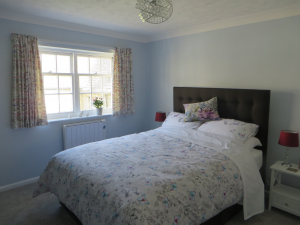

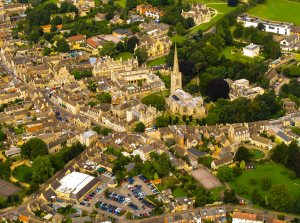 and abo
and abo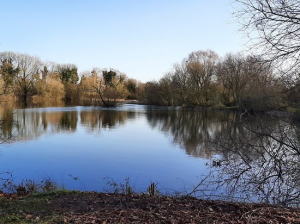 u
u